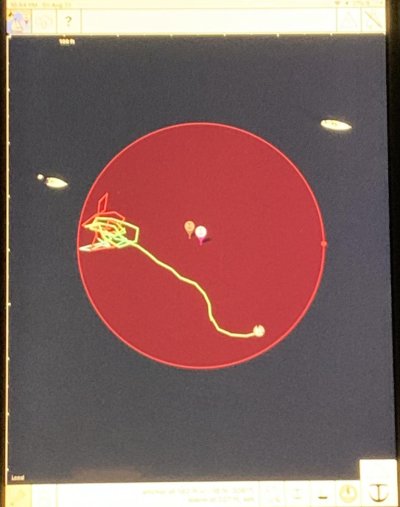tozz
Senior Member
- Joined
- Feb 13, 2017
- Messages
- 323
- Location
- USA
- Vessel Name
- Conundrum
- Vessel Make
- Nordlund 63' Pilothouse
Even if it did, it would do so as a result of the change in tide, not wind, which would be a very slow motion event. Wind rarely shifts at high speed 180 degrees.
We had this happen this summer and it was a bit scary. We had been pretty much in the same place for about 3d when all of a sudden the wind shifted and increased to 25-30kt for about 40 min. we shot right across in a straight line!



